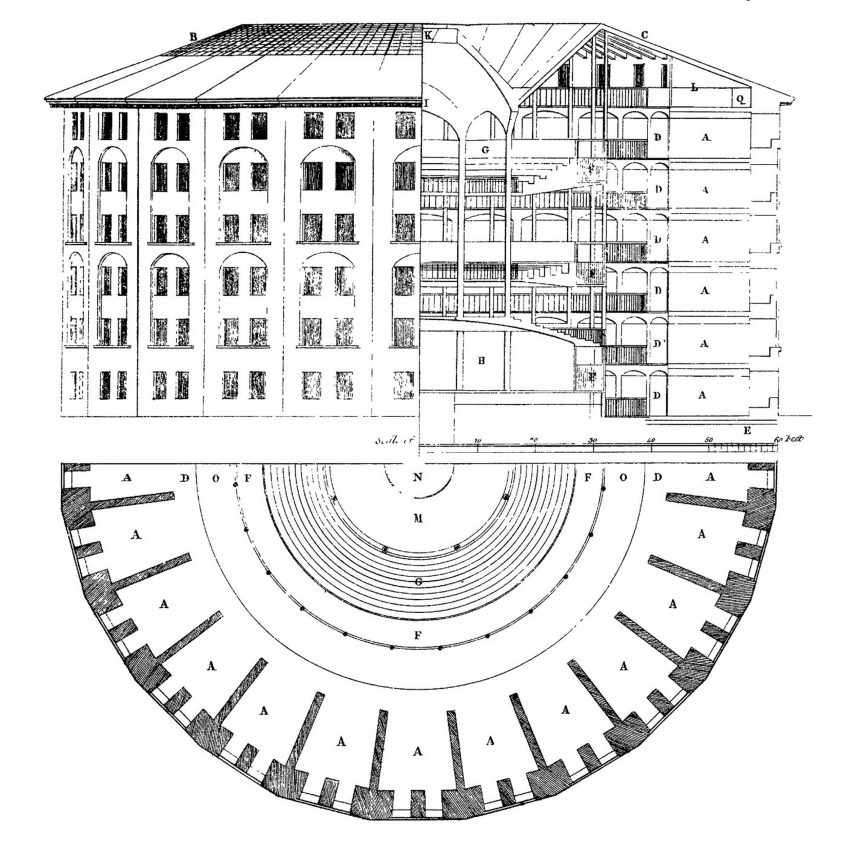"In the age of big data, everything is quantifiable, even happiness"

Measuring people's happiness with architecture is a step towards trying to control them, says Reinier de Graaf.
It has been two years since I last wrote for Dezeen and a lot has changed. I wrote about a house in the former East Germany. I only met the owner very briefly and I have no idea if he was happy in his simple home. Frankly, the question never occurred to me. I simply assumed he was, and if he weren't, it would hardly be because of his home. The owner's private life and the historic significance of his property were two very different things.
Two years later, such a position is hardly tenable anymore. Architecture has come to register on so-called happiness indices: listings which rate the quality of buildings alongside the number of sunny days, air quality, public transport access and the amount of nearby coffee places. In the age of big data, everything is quantifiable, even happiness. At long last, an elusive subject like architecture can be held accountable: good architecture makes people happy, bad architecture does not.
The logic is hard to argue with ? especially for architects, unaccustomed to debating the intricacies of their work with outsiders. Still, even if a less architect-centric evaluation of buildings ought to be welcomed, the problem starts as soon as one tries to establish an objective base for such an evaluation.
How does one measure happiness" How does one logically correlate happiness (or a lack thereof) to the features of a building&...
| -------------------------------- |
| Jean Nouvel completes red, white and blue La Marseillaise skyscraper |
|
|
Villa M by Pierattelli Architetture Modernizes 1950s Florence Estate
31-10-2024 07:22 - (
Architecture )
Kent Avenue Penthouse Merges Industrial and Minimalist Styles
31-10-2024 07:22 - (
Architecture )






